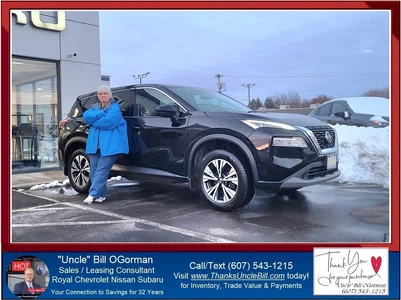Everyone is ok, but your vehicle has damage. Of course we can have our vehicles repaired and they can look like or appear better than new, but the history reports will still show damage... that damage can effect the value.
We call that Diminished Value.
- Inherent diminished value: The vehicle's damage history, even if repaired, can impact resale value.
- Repair-related diminished value: Poor quality or incomplete repairs can further reduce a vehicle's value.
-
Not at fault:You can typically file a diminished value claim against the at-fault party's insurer if you were not responsible for the accident.
-
Significant loss in value:It's generally worth pursuing if the accident caused a significant decrease in your vehicle's resale value.
-
State and insurance allow it:Confirm that both your state's laws and the at-fault party's insurance policy permit such claims.
-
1. Document the accident and damages:Gather photos, reports, and any documentation related to the accident and its impact on your vehicle.
-
2. Obtain appraisals:Get an appraisal from a certified vehicle appraiser to assess the pre- and post-accident values.
-
3. Check the insurance company's process:Familiarize yourself with the specific procedures for filing a diminished value claim with the at-fault party's insurer.
-
4. Submit your claim:Follow the insurer's instructions and provide all necessary documentation.
-
First-party vs. third-party claims:In New York, diminished value claims are generally not covered under your own insurance policy (first-party) unless you have Uninsured/Underinsured Motorist coverage.
-
Negotiation and legal representation:You may need to negotiate with the insurance company or hire an attorney to pursue your claim.









